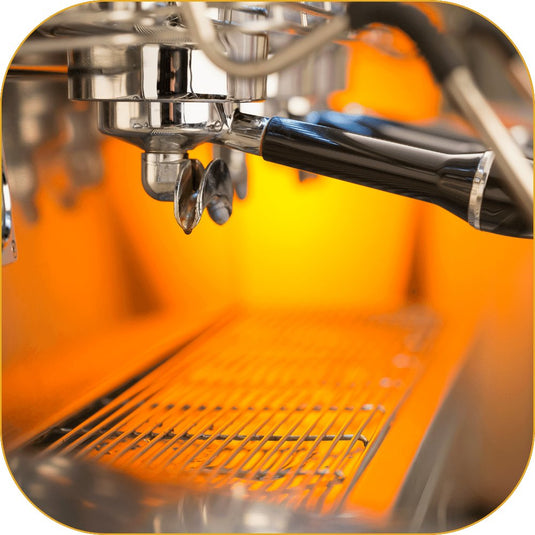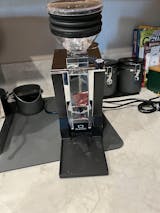The Science Behind Espresso Crema: Why It Matters and How to Achieve It

One of the most distinctive features of a well-pulled espresso shot is the crema—the golden-brown foam that sits atop the liquid. This velvety layer is more than just a visual sign of a well-made espresso; it plays a crucial role in enhancing the flavor, aroma, and texture of your shot. But what exactly is crema, why does it matter, and how can you achieve it consistently?
What Is Espresso Crema?
Crema is a foam made up of microbubbles of carbon dioxide (CO₂) that are released during the espresso extraction process. When hot water passes through finely-ground coffee under pressure (usually around 9 bars), it forces the coffee’s oils and CO₂ to emulsify, creating the frothy layer known as crema. It forms on top of the espresso and is made up of fats, proteins, and sugars from the coffee beans.
Why Does Crema Matter?
- Flavor Enhancement: Crema is often described as adding a slight bitterness, complexity, and richness to the overall taste of espresso. It also helps to trap the aromas in your cup, enhancing the sensory experience.
- Mouthfeel: Crema contributes to the espresso’s texture, providing a smooth, creamy finish. Its thickness can also be an indicator of the coffee’s freshness and quality.
- Aesthetic Appeal: Visually, crema is a sign of a properly extracted espresso, making your shot more appealing and professional-looking.
How to Achieve Perfect Crema

Use Fresh, High-Quality Beans
- The fresher the coffee beans, the more CO₂ they will retain, which is critical for producing crema. Beans that have been roasted within the last two weeks are ideal for espresso. Make sure to grind them just before pulling your shot to preserve freshness.
Choose the Right Roast Level
- Medium to dark roasts tend to produce more crema because they retain more oils, which are essential for emulsification. Light roasts may produce less crema but can still result in a delicious espresso.
Grind Size and Consistency
- A fine and consistent grind is essential for a proper extraction. If your grind is too coarse, the water will flow too quickly through the coffee, resulting in little to no crema. A fine grind slows down the extraction, allowing the pressure to emulsify the oils and create crema.
Correct Water Pressure
- The standard pressure for pulling espresso is 9 bars, which is sufficient to force the hot water through the coffee grounds and extract both the oils and gases that form crema. Many prosumer and commercial machines allow for pressure profiling, which can help you tweak the crema creation process further.
Water Temperature
- The optimal water temperature for espresso is 195-205°F (90-96°C). Too cold, and you won’t extract enough oils, resulting in weak crema. Too hot, and you risk over-extraction, making the crema too bitter.
Tamp Properly
- Consistent tamping ensures even extraction. Tamping too lightly may allow the water to pass too quickly, resulting in poor crema formation. On the other hand, tamping too hard can cause over-extraction, affecting the taste and crema’s quality.
Troubleshooting Crema Issues
- No Crema: This could be due to stale coffee beans, improper grind size, or low water pressure. Ensure that your beans are fresh and finely ground, and check that your espresso machine is operating at the correct pressure.
- Thin Crema: A watery crema often results from under-extraction. This could happen if your coffee grounds are too coarse, or you’re using water that is too cool.
- Bitter Crema: If your crema tastes overly bitter, it could be due to over-extraction. Try using a slightly coarser grind or reducing the brewing time.
Conclusion
Espresso crema is not only a hallmark of well-brewed coffee but also a complex indicator of freshness, pressure, grind size, and technique. Achieving the perfect crema requires a combination of factors, from using freshly roasted beans to fine-tuning your espresso machine. When mastered, it adds an extra layer of richness and depth to every shot you pull, elevating your home espresso experience.
So next time you brew, pay close attention to that golden-brown layer—it’s a sign of espresso excellence!
Happy brewing!



















